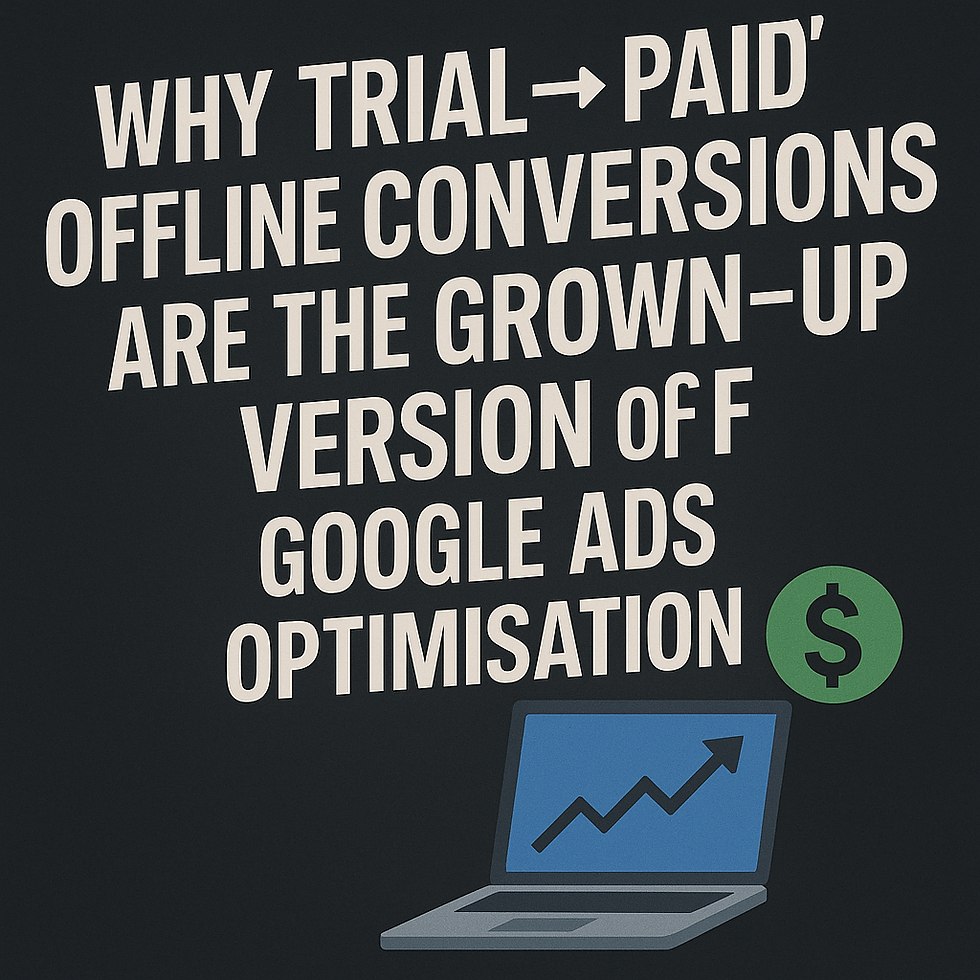Why Your Target Audience Isn't Always the Same
- Veronika Höller
- 4. Juni 2024
- 2 Min. Lesezeit
Let's be honest: We've all been there. You're crafting a brilliant marketing strategy, only to be bombarded with well-meaning but clueless advice from outsiders. A classic line: "Oh, the target audience is always the same, no matter the product!"
Time to debunk this myth! Even if your target audience is clearly defined, they don't always tick the same way. Why? Here are five hard-hitting reasons:
Needs are as unique as fingerprints: What thrills one person leaves another cold. Even within a target audience, there's a vast range of needs and desires. Need an example? The sports car enthusiast and the family person might both belong to the target audience "car buyers," but their needs couldn't be more different.
Purchase decisions aren't one-size-fits-all: Snap decisions vs. careful consideration: Purchase decisions are as diverse as the products themselves. The impulse buy at the supermarket and the weeks of research for a house purchase require completely different approaches.
Information needs vary by product: Tech talk vs. emotional appeal: Depending on the product, your target audience needs different information. For a new laptop, detailed specs are in demand, while for trendy trainers, it's more about lifestyle vibes.
Communication channels aren't universal: Social media vs. print: Where you reach your target audience depends heavily on the product. The younger generation hangs out on Instagram, while the older generation might prefer newspapers.
Brand perception isn't set in stone: Luxury vs. budget: How your brand is perceived can vary depending on the product. A company known for luxury watches might need to rethink its approach when entering the smartwatch market.

The Digital Marketing Angle
This isn't just about messaging; it impacts your entire digital marketing strategy. Here's how:
PPC (Pay-Per-Click): Keywords, ad copy, and landing pages need to be tailored to each product's specific audience and their search intent. What works for one product might not resonate with another.
Social Media: Content, tone, and even platform choice should align with the product and its target audience. A luxury product might thrive on Instagram with high-quality visuals, while a budget-friendly item might do better on Facebook with a more casual approach.
SEO (Search Engine Optimisation): Keyword research and content creation must be laser-focused on the specific terms your target audience uses for each product. Optimising for generic terms might not attract the right traffic.
Conclusion: Your target audience isn't a monolithic block, but a colourful mosaic of individuals with different needs, desires, and expectations. Successful marketing recognises these differences and adapts its approach accordingly.
So, dear marketing sceptics: Let the professionals handle it and trust that they know what they're doing. Because only those who truly understand their target audience can successfully reach them.
Additional Tips for Digital Marketers:
Create detailed buyer personas for each product: This helps you understand the specific needs and motivations of different segments within your target audience.
Conduct A/B tests: Experiment with different approaches and messaging to see what resonates best with each product's audience.
Analyse data: Use data to understand how different segments of your target audience interact with your digital marketing efforts and refine your strategy accordingly.
I hope this enhanced blog post helps you underline your expertise and win over the doubters!



Kommentare